REVIEW – I’ve always liked headset-microphone combos for mobile phones. When video calls became much more commonplace at home and at work, the neverending hunt continued for something that worked well for me. There has been a long string of hits and misses, but I was excited to take a closer look at the Orosound Tilde Evo C headset.
⬇︎ Jump to summary (pros/cons)
Price: $349 Evo C only, $299 Evo S only, or $409/$359 with charging stand.
Where to buy: HeadsetAdvisor
What is it?
The Tilde Evo C from Orosound is described as the new generation of headsets that embeds AI for intelligent noise reduction.
What’s included?
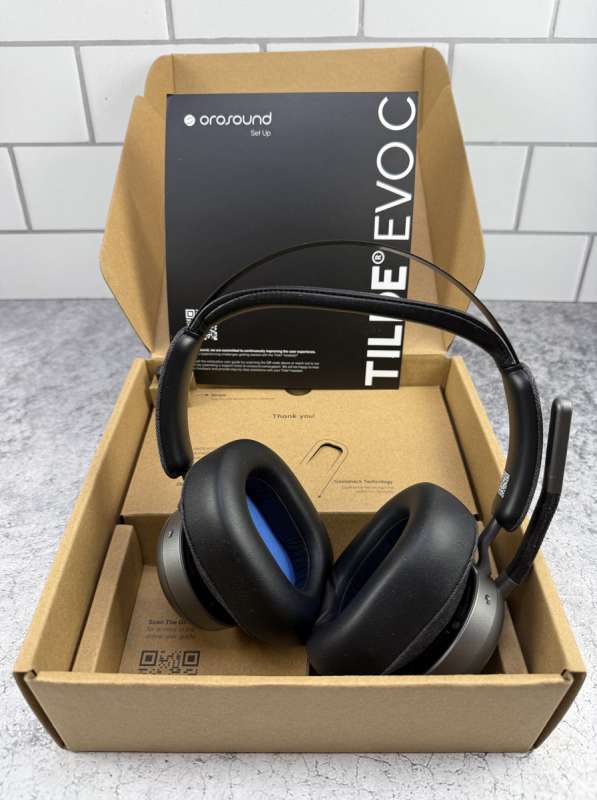
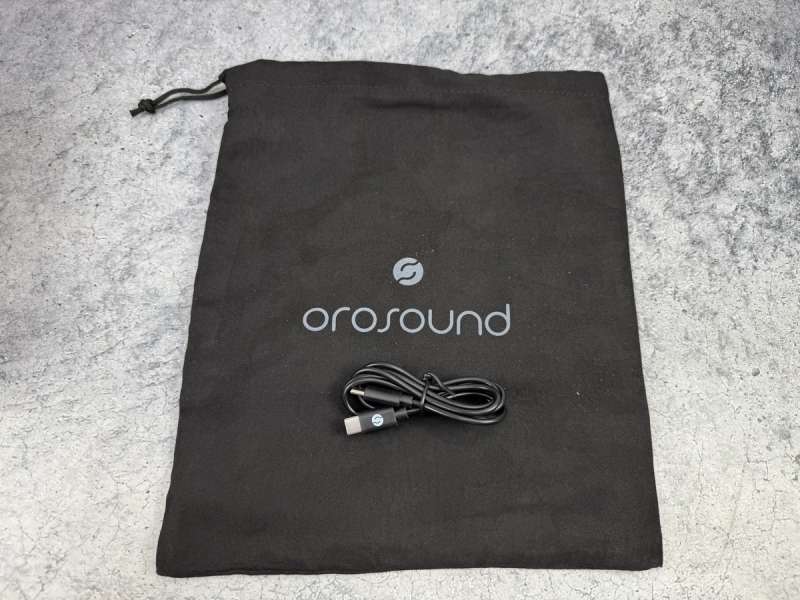
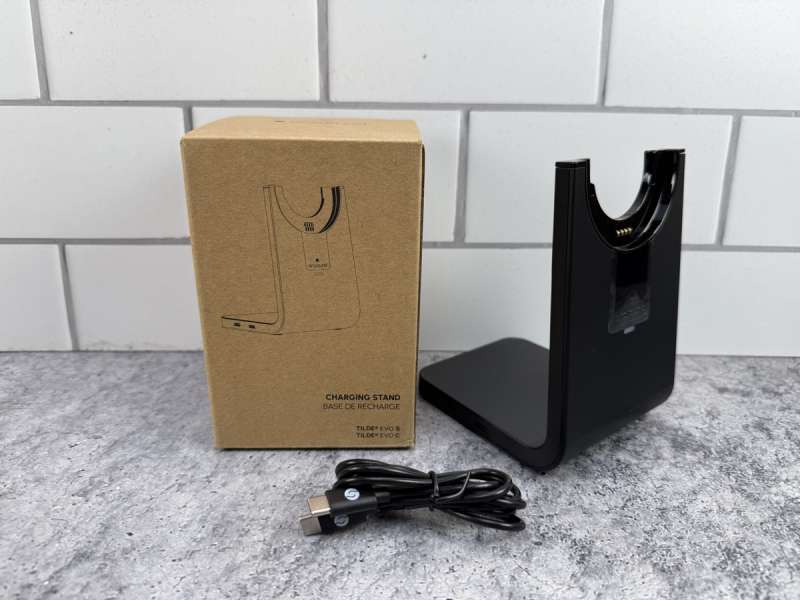
- Headset, USB-C dongle, cable and drawstring pouch
- Optional charging stand and cable (sold separately)
Tech specs
Adjustable double headband
Adaptable right/left-handed: 270° boom-mic rotation
Flexible boom-mic (Gooseneck technology)
Weight (g/oz) : 210g – 7.4oz / 254g – 8.9oz
360° Busy Light
Bluetooth 5.4 multipoint: simultaneous pairing of 2 devices. 10 saved devices
Pre-paired USB Bluetooth Dongle
Bluetooth range up to 30m in open field
Connectivity computers, smartphones and tablets
Compatible with all operating systems (OS)
Compatible with softphones and video conferencing application
1000 mAh battery
Autonomy: full day playback with ANC enabled
Charging: wired with USB-C, Optional charging station
Fully charged in 90 minutes, quick charge available
Recharge while using
Standby mode: wear detect technology
2 digital MEMS microphones on the boom-mic
NR and Wind Noise Reduction enabled by Artificial Intelligence
Precision-designed boom mic for voice capture: Gooseneck technology
Adaptive beamforming
Telephone bandwidth: 100 Hz – 8000 Hz
Sound control options: ANC ON / ANC OFF / AWARE
Active Noise Cancelling: digital hybrid ANC with 4 digital MEMS microphones
Aware mode (transparency): natural reproduction of voices and surroundings
40mm speakers
Audio codecs: SBC, AAC, audio USB
Distortion: THD < 0.1% @100dB SPL
Frequency response: 20Hz-20kHz
Design and features
The Tilde Evo series is packed with features. Fortunately, a reference card is included in the box.
I immediately noticed the earcups wide range of motion. They can swivel in either direction.
The pre-paired USB-C dongle is pretty small. Don’t lose it! Fortunately, the headset can pair to your device via Bluetooth.
The earpads are soft and squishy. This is going to be a comfortable headset.
There are two variants of the Tilde Evo: The Evo S with smaller, on-ear cups and the Evo C (pictured) with cups that go around the ear. I measured the interior at about 1-1/2″ wide by 2-1/2″ tall.
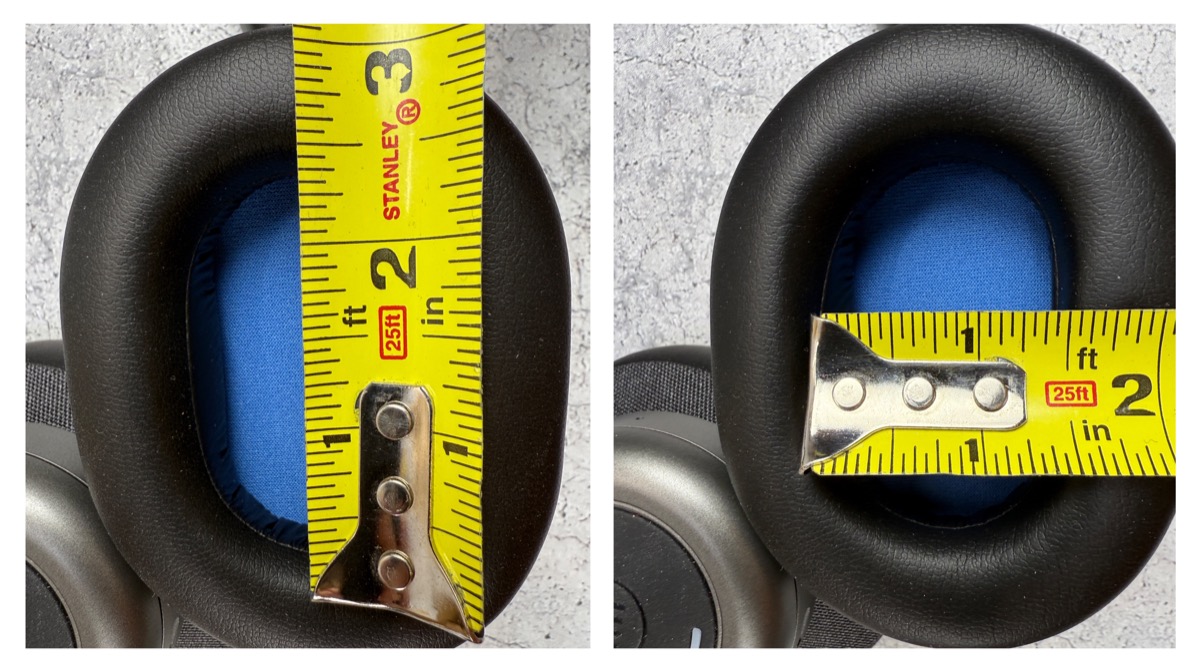 The top of the headband has a springy part on top, and a cushioned lower section.
The top of the headband has a springy part on top, and a cushioned lower section.
The boom microphone is mounted on one side, and is not detachable. You can choose which side you want the microphone by pivoting the boom the other way around, up to 270°.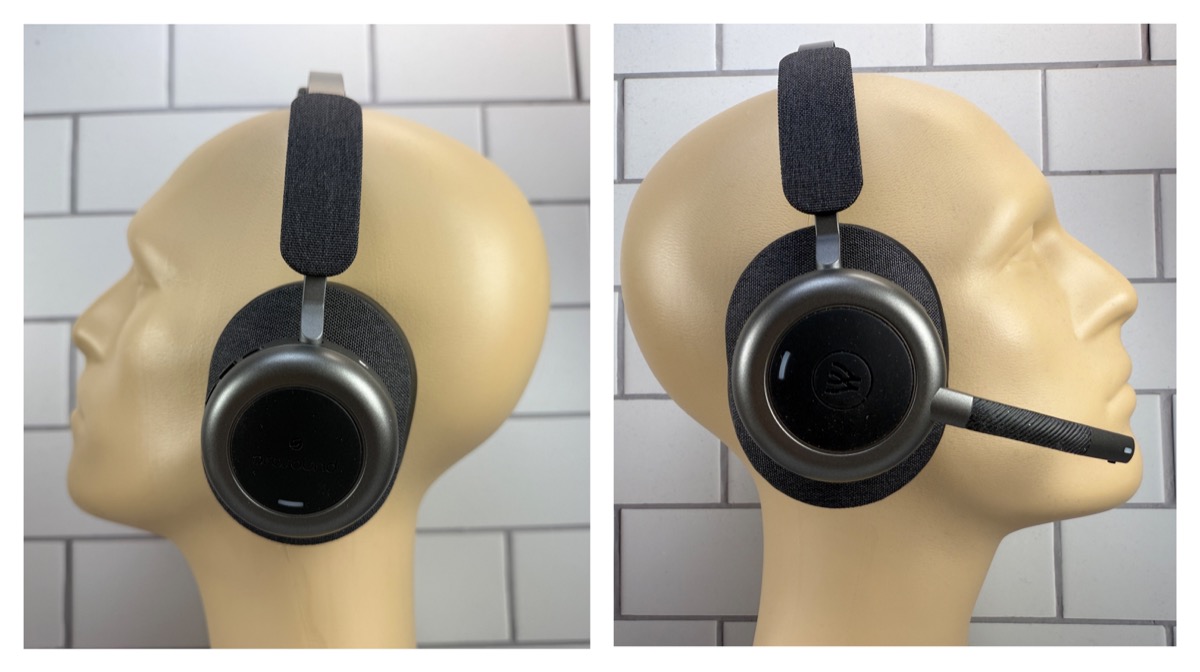
On the microphone side of the headset, you’ll find the power button and the active noise cancelation button (NC) which rotates between ANC on, ANC off, and Aware Mode which lets you hear your surroundings. A tiny, multicolor LED tells you what’s going on.
The opposite side features volume controls. The middle button can be used to play/pause media.
The microphone is mounted on the end of a flexible portion. The boom isn’t super long, but it gets the job done.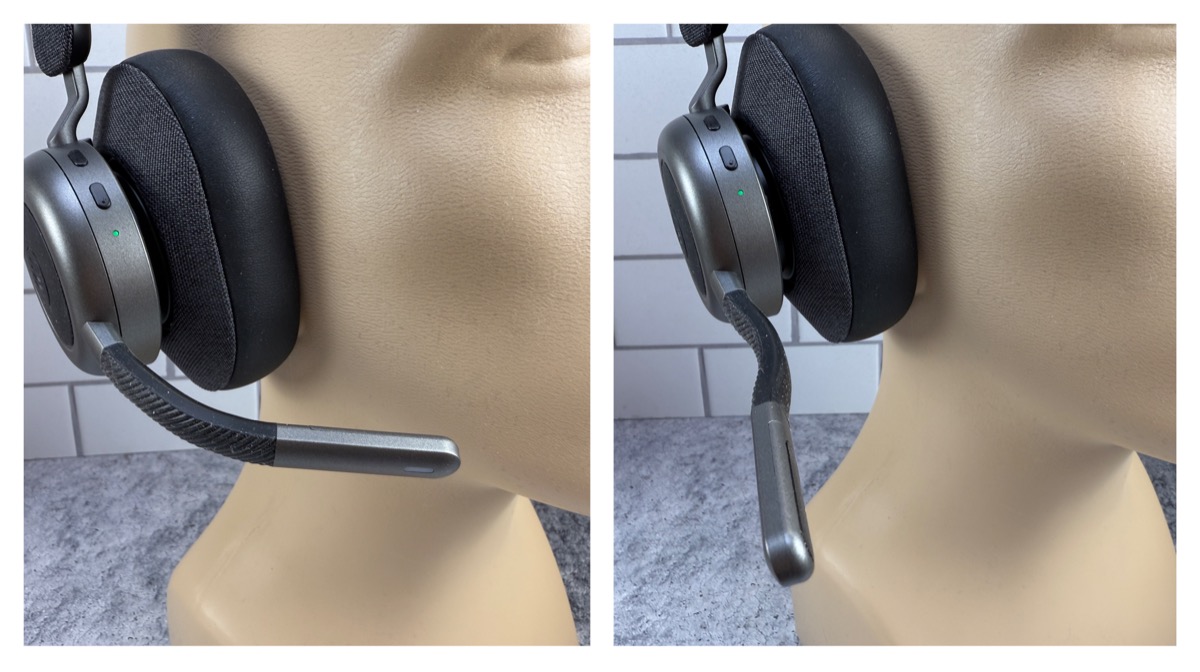
On the tip of the boom is an LED indicator, and a mute button (arrow). You can also mute the microphone by swiveling the boom straight up.
If you’re looking for sleek and “barely there”, this isn’t it. The headset sticks out from the side of your head by about 2-1/4″.  The optional charging stand is pretty simple. It’s a graceful L-shape with an LED indicator up front and a USB-C power connection in the back.
The optional charging stand is pretty simple. It’s a graceful L-shape with an LED indicator up front and a USB-C power connection in the back.
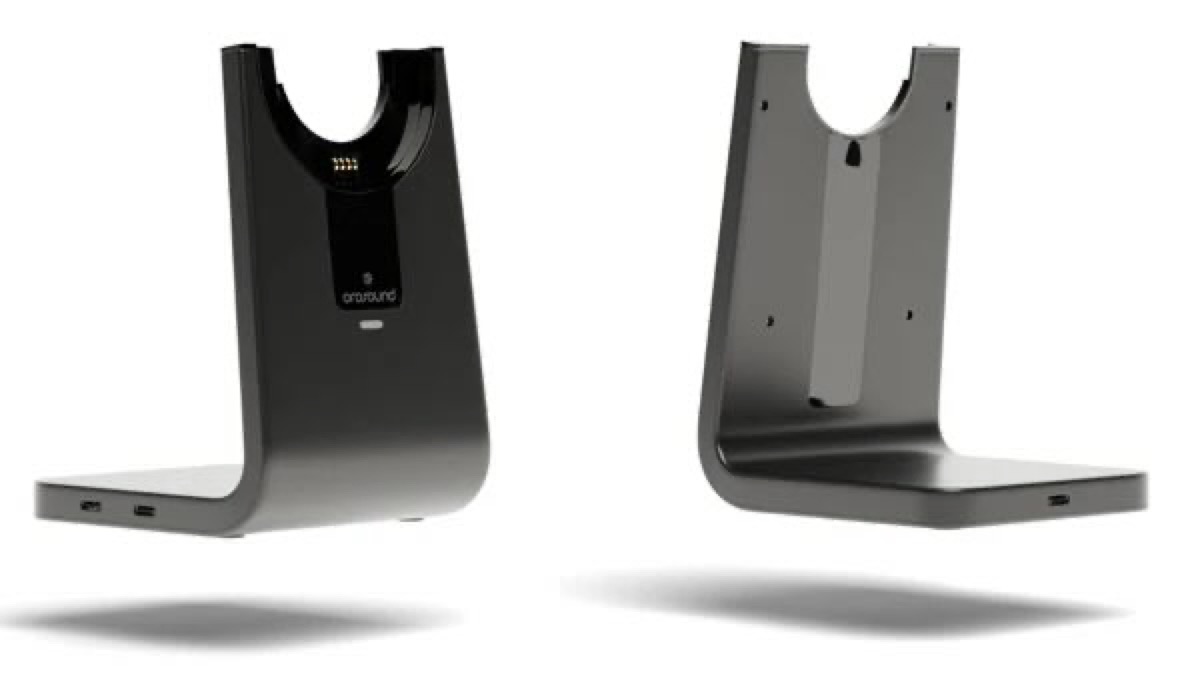 The side of the base features two USB-C ports. Orosound says they’re used for their TwinStream feature, which allows Tilde Evo users to connect to another headset to listen to an ongoing phone or video call.
The side of the base features two USB-C ports. Orosound says they’re used for their TwinStream feature, which allows Tilde Evo users to connect to another headset to listen to an ongoing phone or video call.
Assembly, Installation, Setup
The headset can charge with just a USB-C cable.
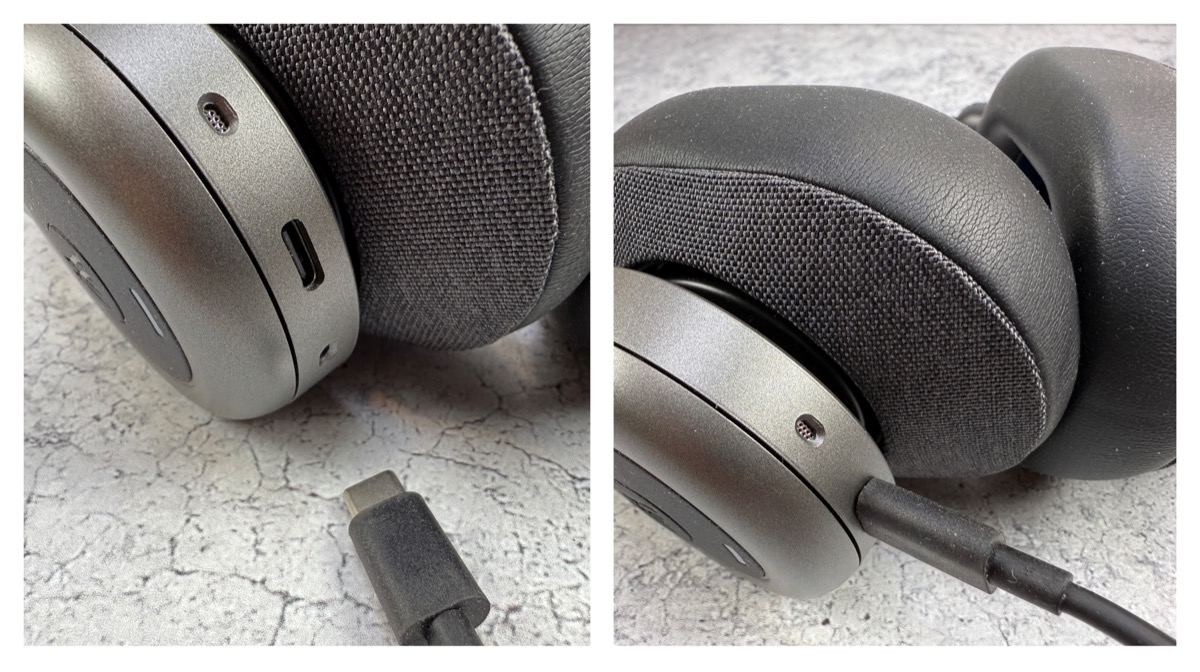
There are hidden contacts under one of the ear cups that connect to the charging stand. It only works on the microphone side. It is very easy to dock and remove. 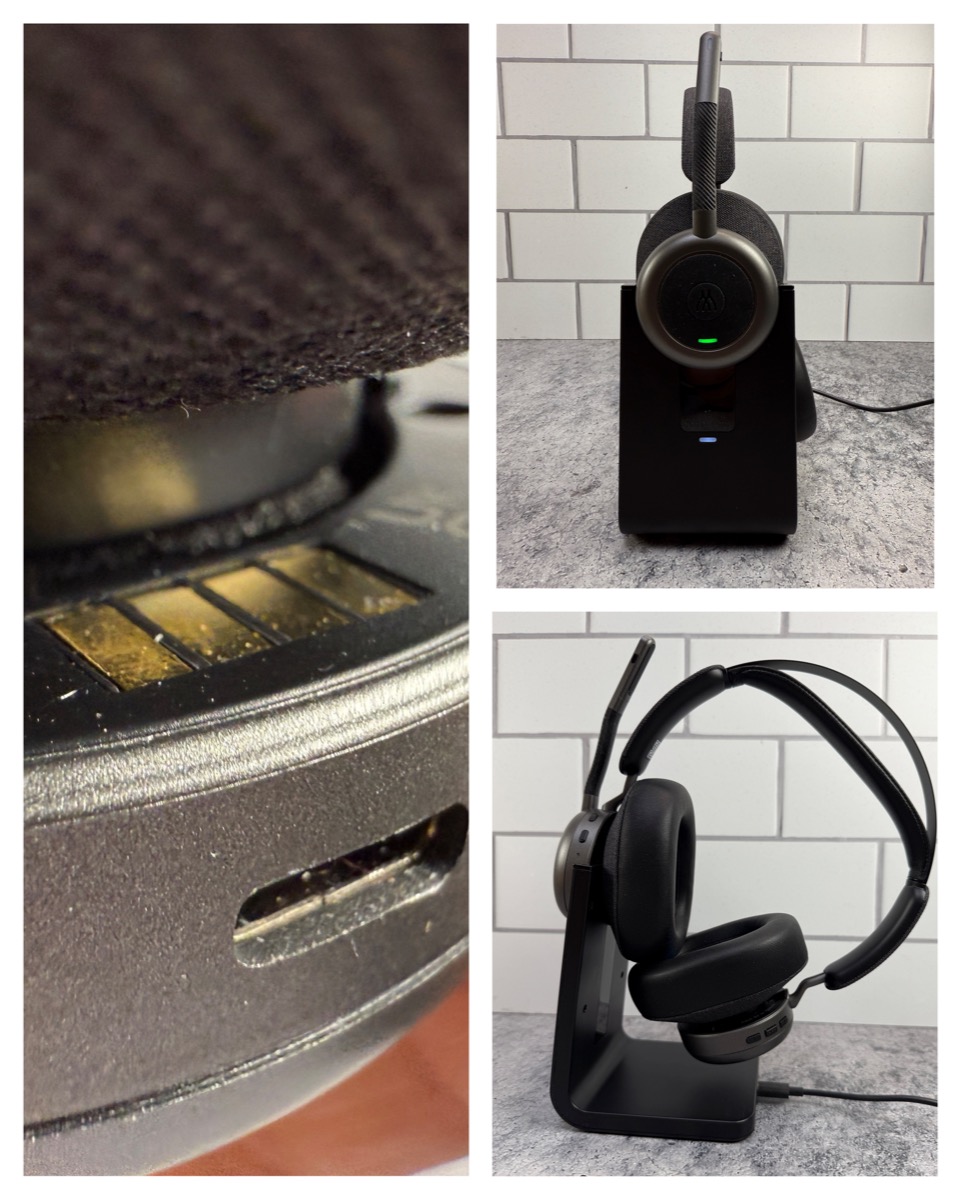 Here’s the dongle plugged into the side of a laptop. Notice the tiny LED status indicator. It glows solid blue when the headset is connected.
Here’s the dongle plugged into the side of a laptop. Notice the tiny LED status indicator. It glows solid blue when the headset is connected.
The tiny LED next to the power button indicates many things. Thankfully, I found a chart that explains each of the colors.
The optional Mac/PC app allows you to get an inside look. Update firmware, check battery levels, and reset Bluetooth. I had to dig around, but I found my favorite feature: Adjustable sidetone! Sidetone allows you to “hear yourself”. Did I mention it’s adjustable? I love it.
Performance
Before anything else, I wore the headset around to check for comfort. I wear glasses and recently, over the ear hearing aids as well. On-ear headsets are too uncomfortable for me. I’m happy to say that even after a 90 min. call, my ears were just fine.
A short press of the power button turns the headset on or off, followed by a matching musical tone. I’m used to long presses, and I never know how long to press. I like the short press.
You also get voice feedback when you mute the mic, but I noticed at times it seemed louder than it should be. I haven’t figured out if it’s a function of the headset’s on board volume
With Microsoft Teams (Windows 11) the mute status syncrhonizes between the headset and the PC. Very cool.
The documentation lists a “F2F” (face to face) feature where pressing the “Tilde” button (the logo on the mic side) lets you carry on conversations while wearing the headset. I couldn’t get it to work. Orosound confirmed with me: It is not functional. I guess the headset went into production without the feature.
I didn’t expect it, but the LED on the cups and mic tip glows red when “busy” to let everyone around you know.
I had to check the website to find out what the earcup LEDs meant.
But how did it sound? Music playback (if you do that sort of thing) was passable but not superb. There’s no right-left stereo switching if you rotate the boom around. That means left-right is only correct if the boom is worn on the right side.
I generally dislike noise cancellation because I don’t like to feel insulated from the outside world. If you like ANC I can say the Tilde Evo definitely cuts back on outside noise. The transparency mode allows some outside noise to come in so you’re not totally cut off. You can opt to turn ANC totally off, which is what I usually do.
How did I sound to others? This is where Orosound baked some magic into their headsets. The waveforms below illustrate how well the noise cancellation works. Both waveforms are lined up and synchronized. The top (blue) is what the Tilde Evo picked up as I counted 1-10 while typing on a noisy keyboard. Note the black spaces. The bottom (gray) was recorded simultaneously on my iPhone. It picked everything up, keyboard and all.
Below are four samples taken with the headset and a regular iPhone, with and without background typing noise.
First up, just the iPhone by itself without background noise.
And now, the headset without background noise. Not bad.
Next we introduce some background noise. Here’s what the iPhone sounds like.
Finally, the headset with all that typing noise.
The headset did a pretty good job of suppressing the noise. The speech quality only took a modest hit, but still completely intelligible.
Final thoughts
If you’re looking for a premium wireless headset with excellent background noise cancellation and ear cushion options, check out the Orosound Tilde Evo. My ears are finally comfortable.
What I like about the Orosound Tilde Evo
-
- Your choice of on-ear (Evo S) or over the ear (Evo C).
- Adjustable sidetone, configurable via the app.
- Better than average background noise suppression.
What needs to be improved?
-
- Voice prompt volume can be a bit loud. I haven’t figured out how to adjust that.
- If you listen like to listen to music, the left-right playback will only be correct with the mic on the right.
- Headset cups stick out quite a bit.
Price: $349 Evo C only, $299 Evo S only, or $409/$359 with charging stand.
Where to buy: HeadsetAdvisor
Source: The sample of this product was provided for free by HeadsetAdvisor. HeadsetAdvisor did not have a final say on the review and did not preview the review before it was published.

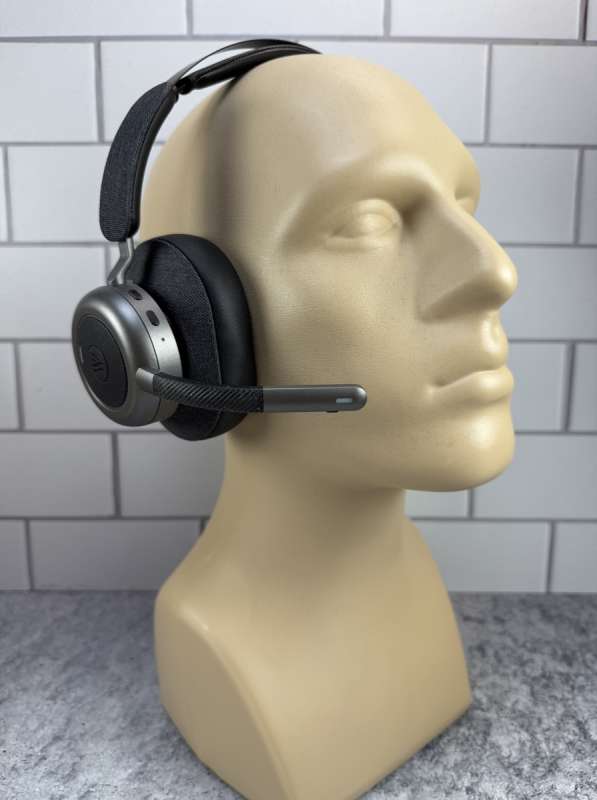
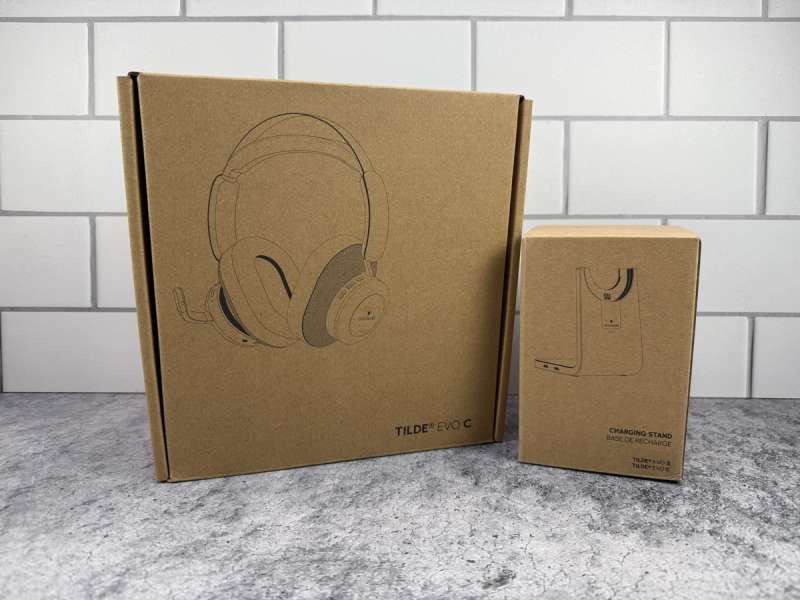
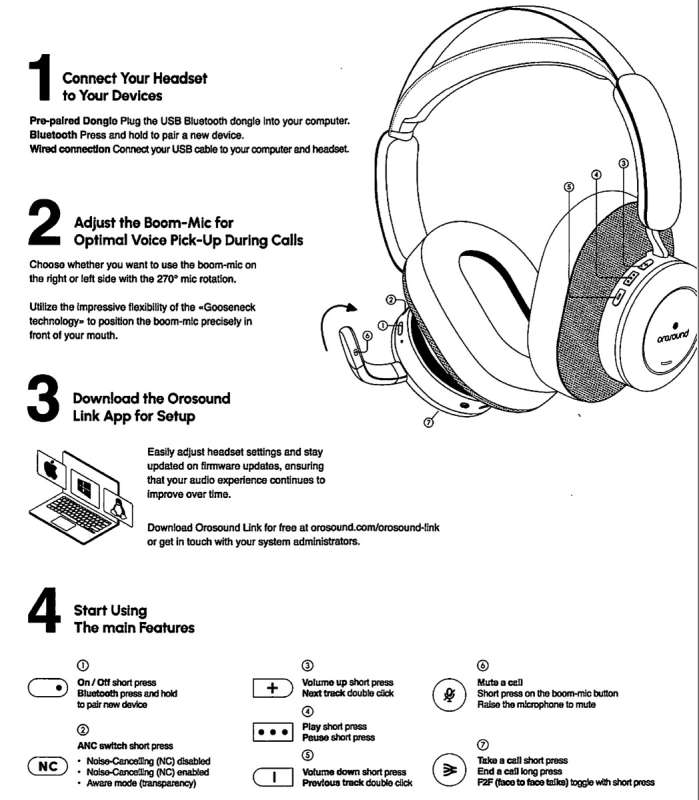
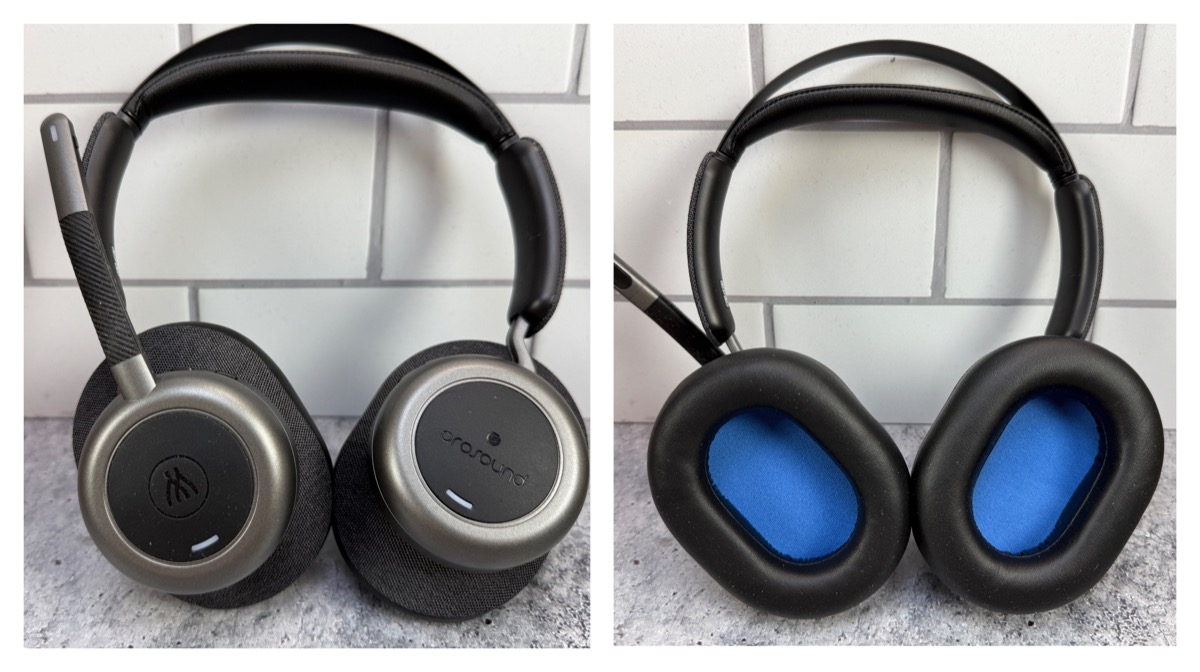
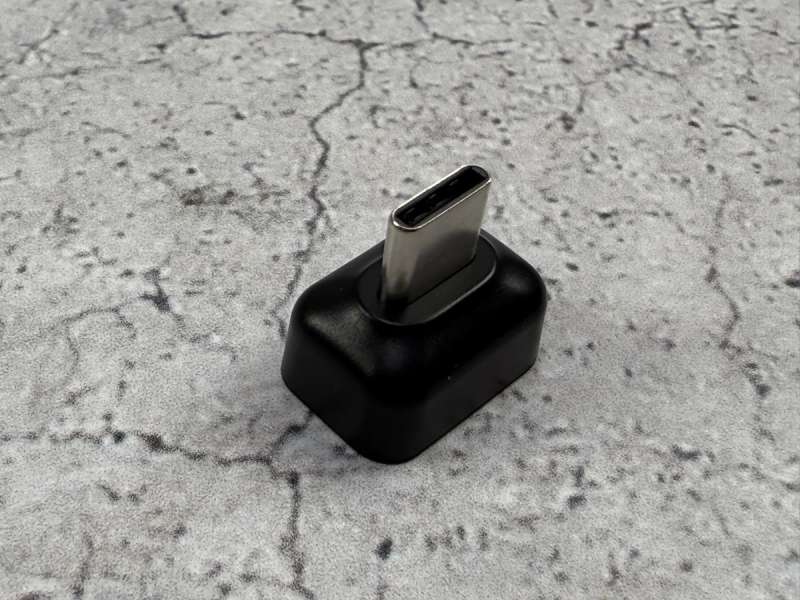
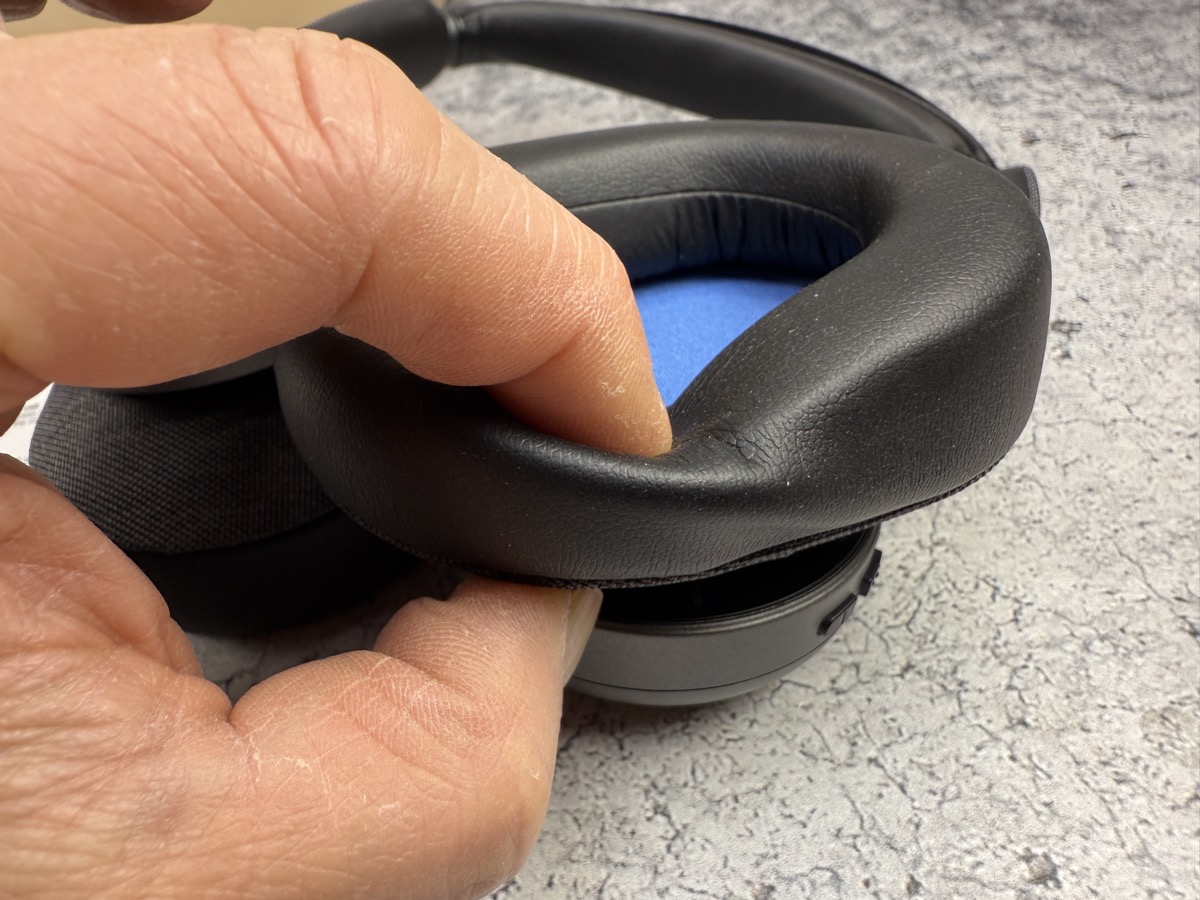
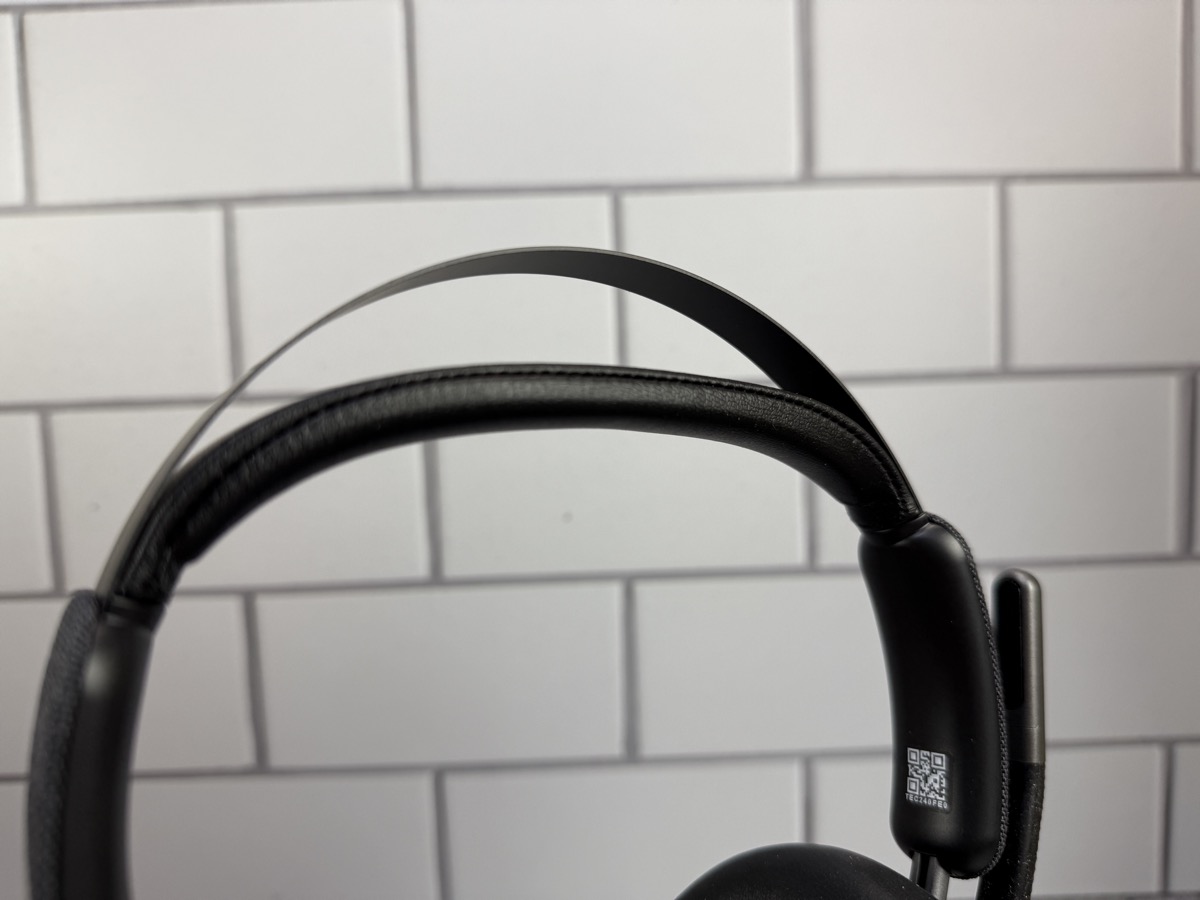
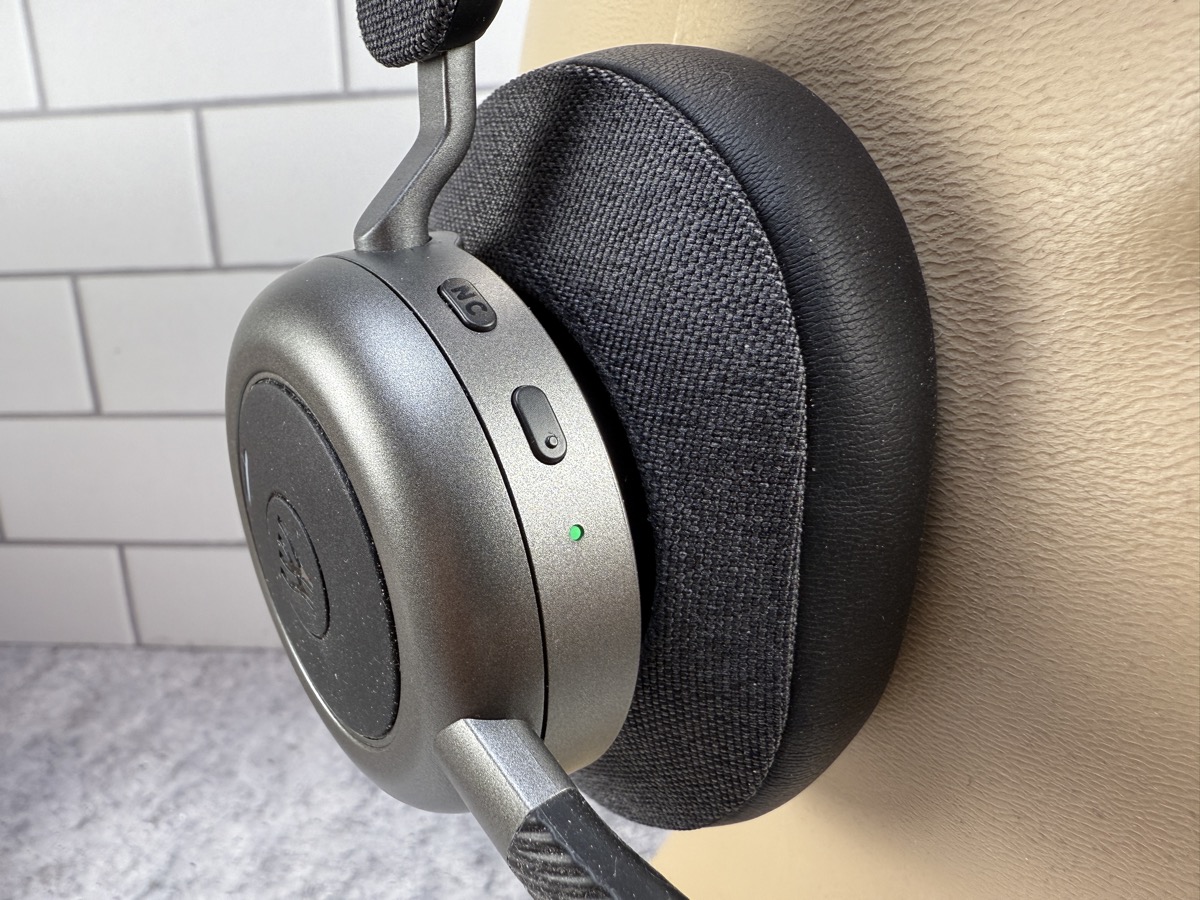
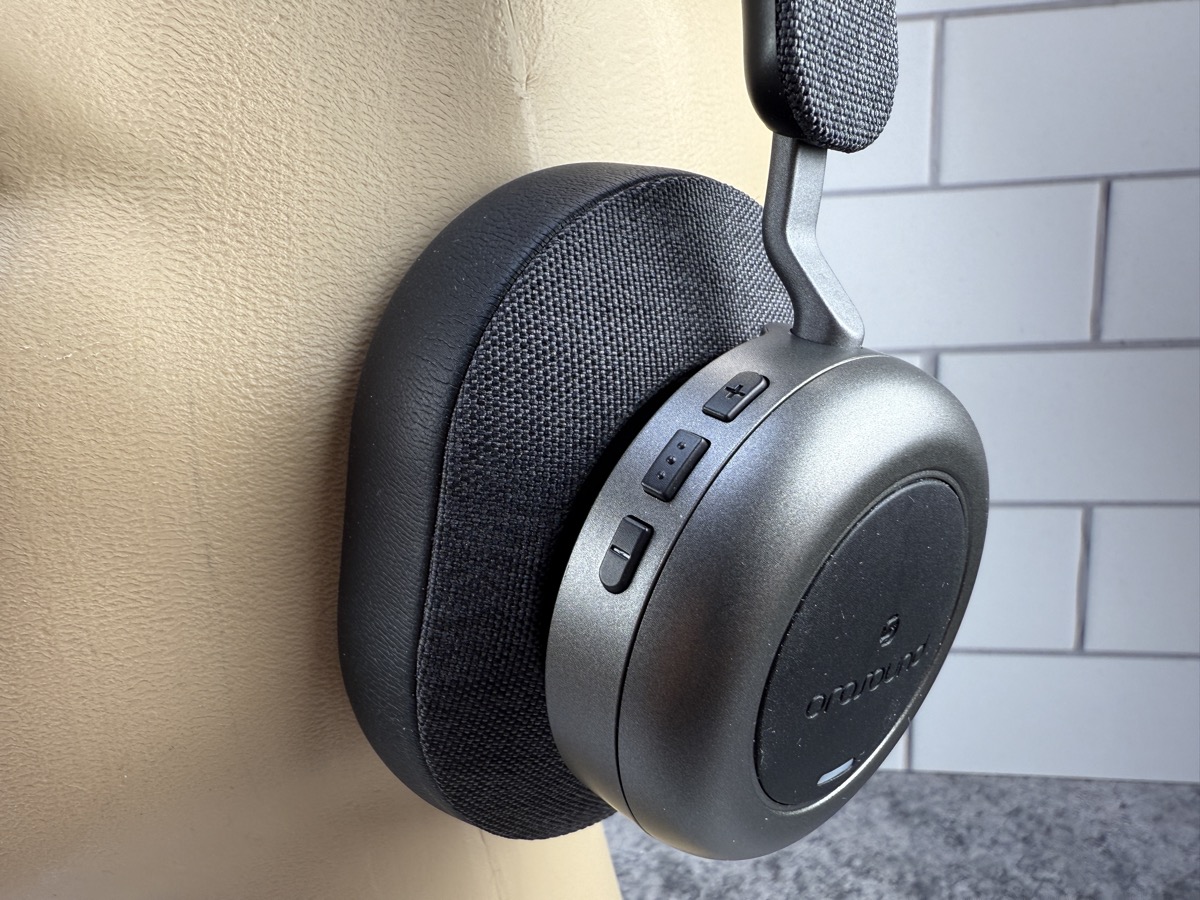
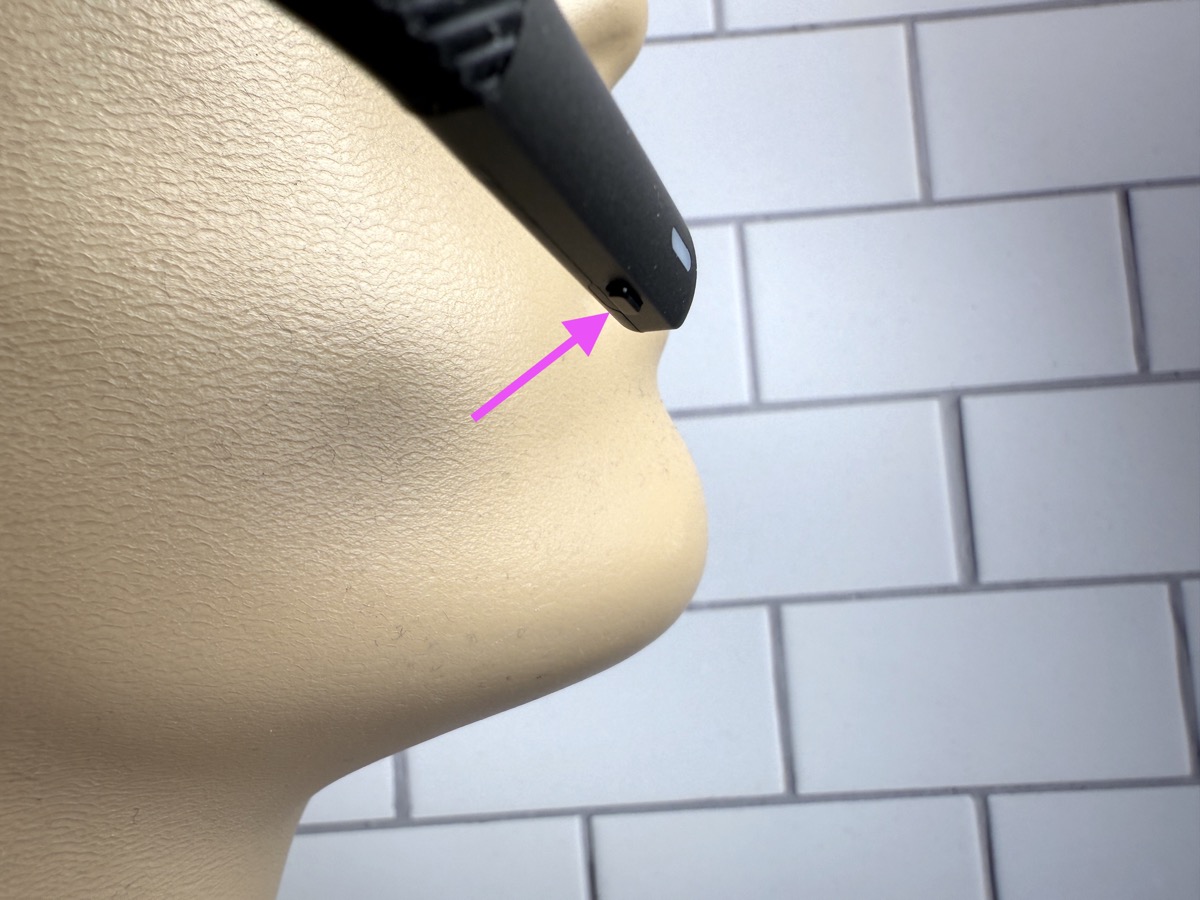
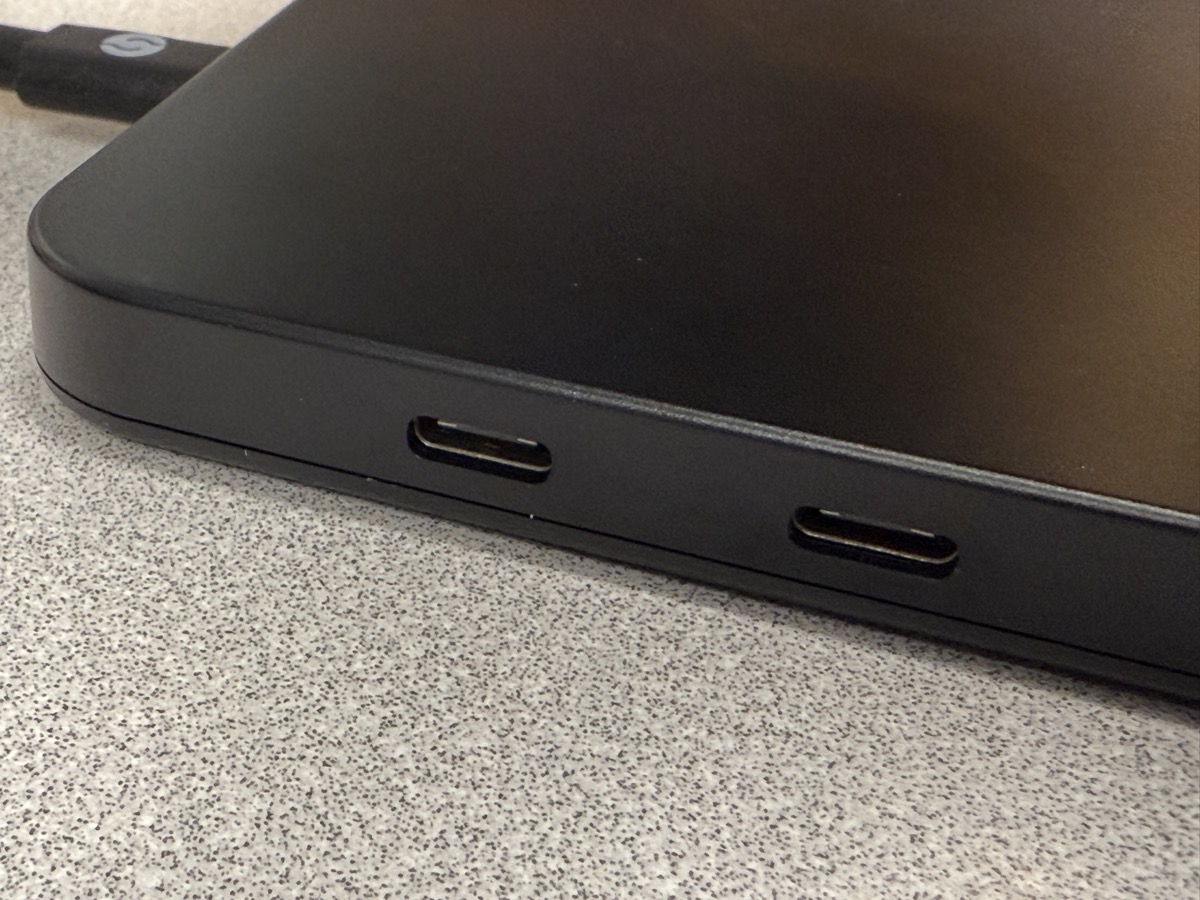


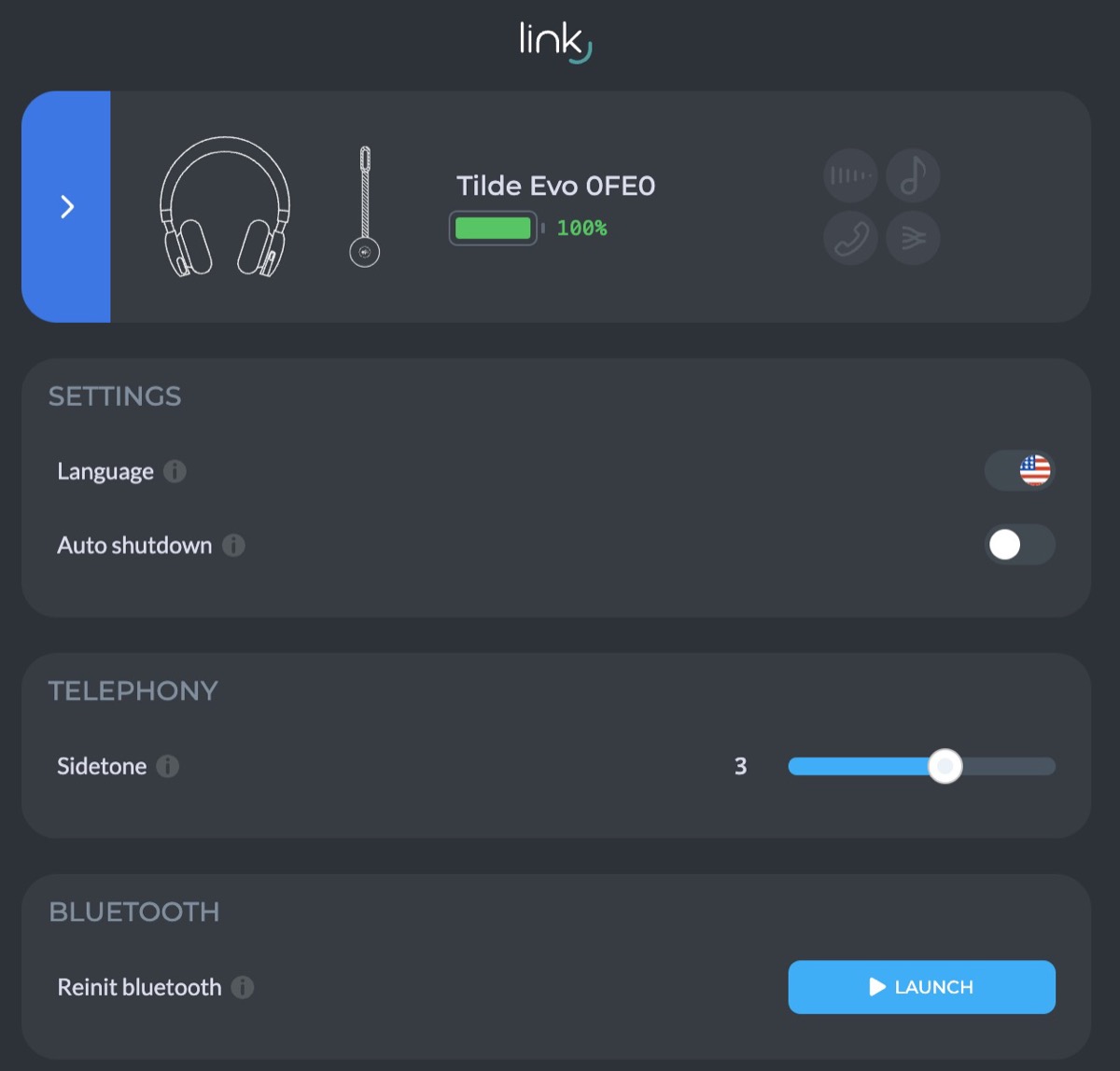
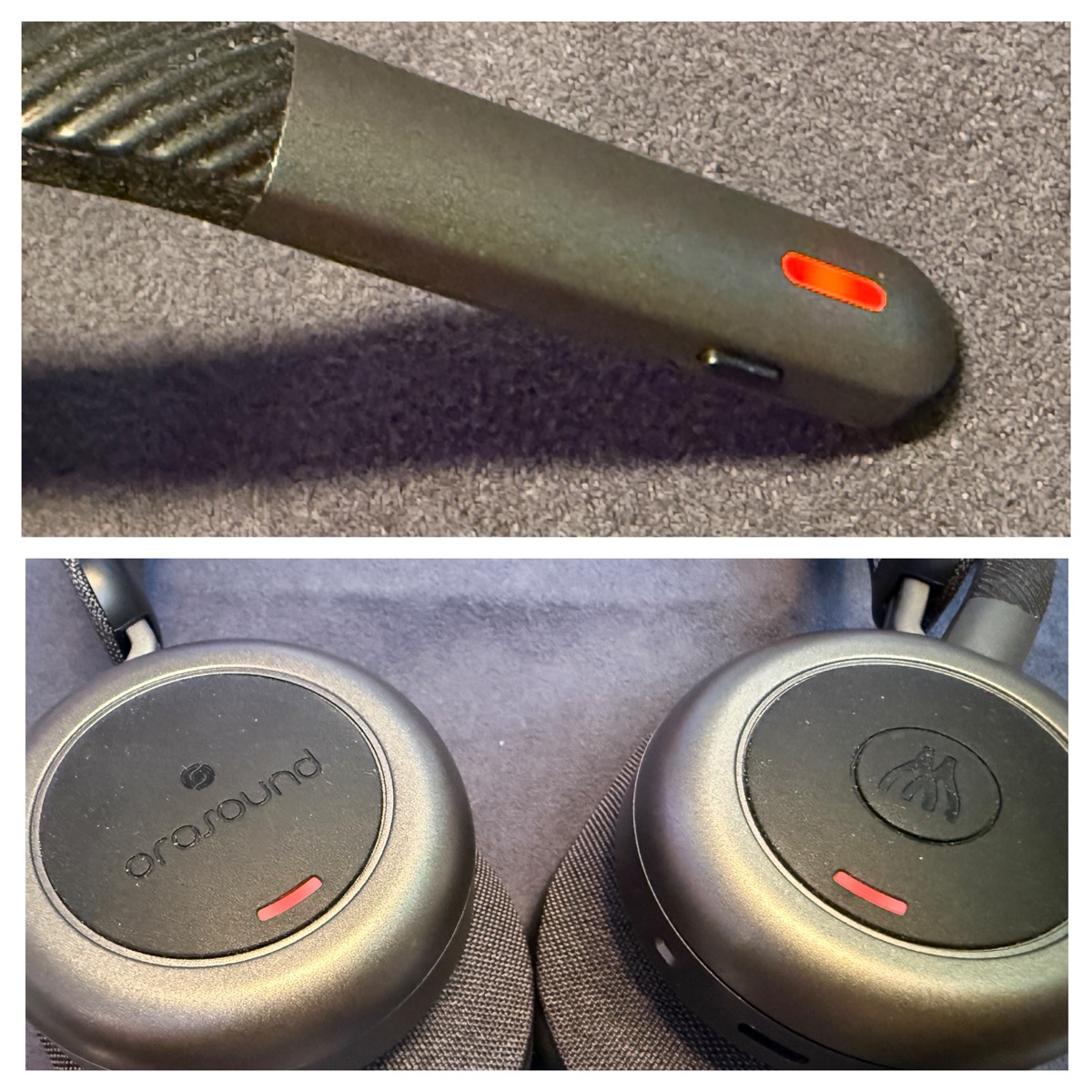
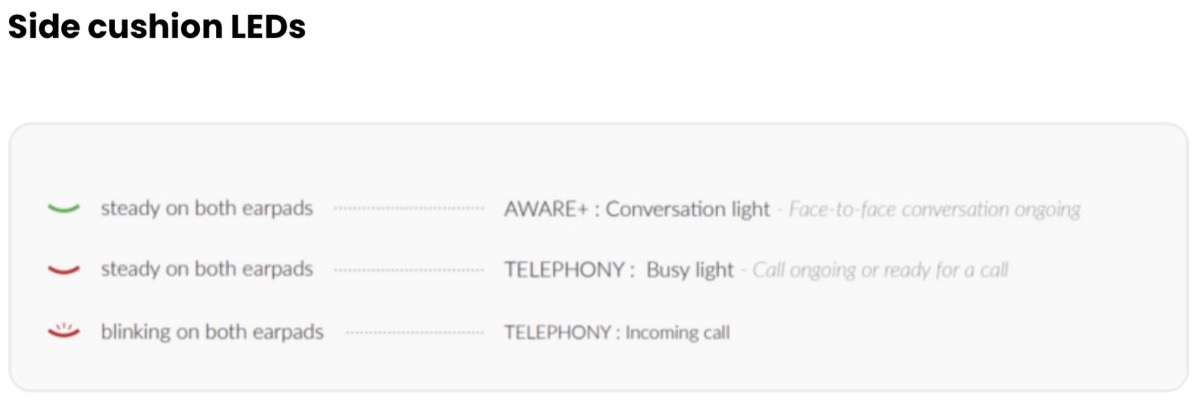


![[Strong Magnetic Lock]:Built-in magnets, offering a magnetic force of up to 3000g. Ensures the magnetic wallet fits tightly and attaches securely to the back of your iPhone. [Smart Card Storage]:The magnetic wallet is designed ingeniously to hold 5 c...](https://m.media-amazon.com/images/I/41i8zbilqXL._SL160_.jpg)